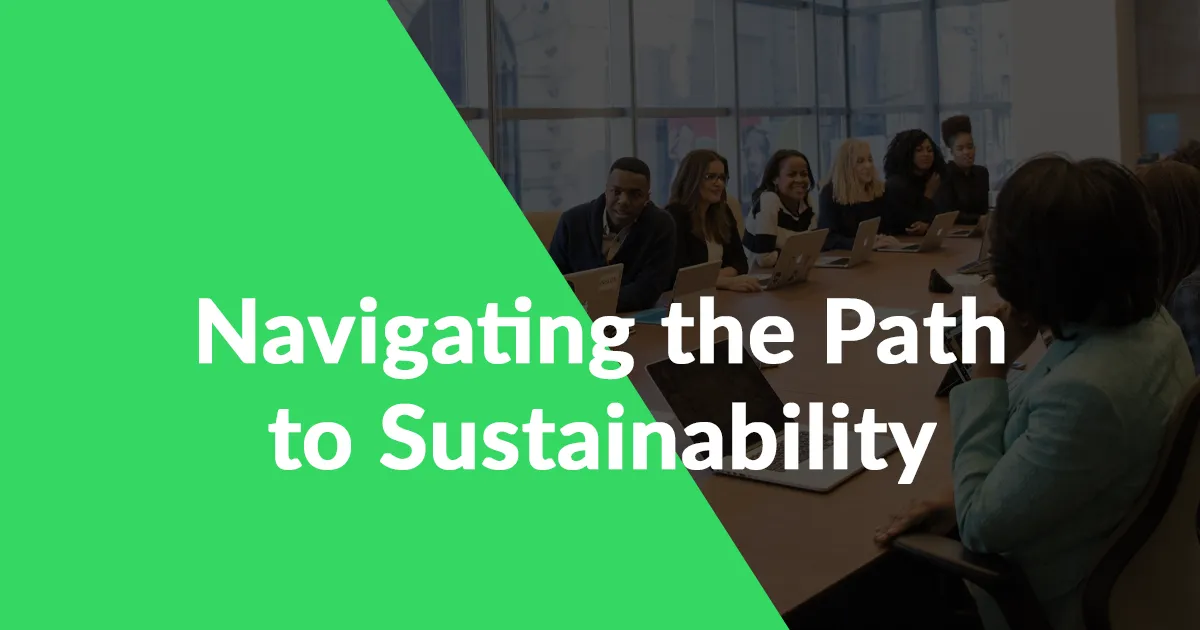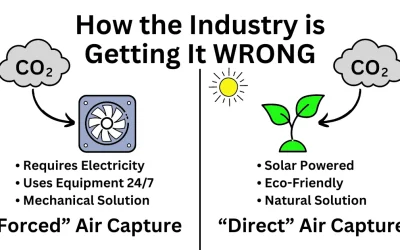In the wake of escalating climate concerns and a collective call for environmental responsibility, the term “net zero emissions” has become a focal point in discussions surrounding sustainable practices. As the world grapples with the pressing need to mitigate climate change, understanding the concept of net zero emissions is crucial. This blog post will delve into the intricacies of net zero emissions, breaking down its meaning, importance, and the strategies involved in achieving this ambitious goal.
Defining Net Zero Emissions
Net zero emissions represent a state where the amount of greenhouse gases emitted into the atmosphere is equivalent to the amount removed or offset. In simpler terms, it’s a delicate equilibrium between what is released and what is absorbed, resulting in a net balance of zero. The primary greenhouse gases involved include carbon dioxide (CO2), methane (CH4), and nitrous oxide (N2O). Achieving net zero implies a significant reduction in emissions, coupled with initiatives to actively remove or offset the remaining pollutants.
The Urgency of Net Zero
The Global Call for Action
The urgency to achieve net zero emissions stems from the alarming rise in global temperatures and the resultant impact on climate patterns. With the Intergovernmental Panel on Climate Change (IPCC) issuing dire warnings, the global community has rallied behind the imperative to limit temperature increases to 1.5 degrees Celsius above pre-industrial levels. Net zero emissions play a pivotal role in achieving this goal, and nations worldwide are being urged to adopt stringent measures to curb their carbon footprint.
The Mechanics of Net Zero
Reducing Emissions at the Source
To attain net zero emissions, a fundamental strategy involves reducing emissions at the source. This encompasses transitioning to renewable energy sources, optimizing industrial processes, and enhancing energy efficiency across sectors. From transitioning to electric vehicles to implementing sustainable agricultural practices, a comprehensive approach is necessary to curtail emissions from all facets of human activity.
Carbon Capture and Offsetting
While reducing emissions is paramount, it might not be feasible to eliminate them entirely in certain sectors. This is where carbon capture and offsetting come into play. Carbon capture technologies involve trapping emitted CO2 and preventing it from entering the atmosphere. Offsetting involves investing in projects that absorb or reduce greenhouse gas emissions, such as reforestation initiatives or sustainable energy projects. The combination of emission reduction and offsetting forms the core strategy for achieving net zero.
The Role of Renewable Energy
Harnessing the Power of Renewables
One of the cornerstones of achieving net zero emissions is the widespread adoption of renewable energy sources. Solar, wind, hydro, and geothermal energy offer sustainable alternatives to fossil fuels, significantly reducing carbon emissions. Governments, businesses, and individuals alike are increasingly investing in renewable technologies, driving the transition towards a cleaner and more sustainable energy landscape.
Challenges on the Path to Net Zero
Overcoming Obstacles and Roadblocks
While the vision of net zero emissions is compelling, the journey is not without its challenges. Economic considerations, technological limitations, and political obstacles pose significant roadblocks. Balancing the immediate needs of a growing global population with the imperative of environmental sustainability requires innovative solutions and international cooperation.
The Importance of Corporate Responsibility
Corporate Initiatives in the Pursuit of Net Zero
Businesses play a pivotal role in the journey towards net zero emissions. Many corporations are recognizing the importance of aligning their operations with sustainability goals. From setting ambitious emission reduction targets to implementing circular economy practices, corporate initiatives contribute significantly to the broader goal of achieving net zero.
The Road Ahead
Charting a Course for the Future
As nations, businesses, and individuals commit to the goal of net zero emissions, collaborative efforts become imperative. International agreements, technological innovations, and policy frameworks must converge to create a roadmap that is both feasible and effective. The road ahead demands continued commitment, adaptation, and a shared responsibility for the well-being of our planet.
Conclusion
In conclusion, understanding net zero emissions is not merely an environmental discourse but a critical imperative for the survival of our planet. By embracing a comprehensive approach that involves emission reduction, carbon capture, and offsetting, we pave the way for a sustainable future. The urgency of this endeavor is underscored by the global call for action and the need to mitigate the devastating impacts of climate change. As we navigate the path to net zero emissions, it is essential to recognize the interconnectedness of our actions and the collective responsibility we bear for the generations to come.





